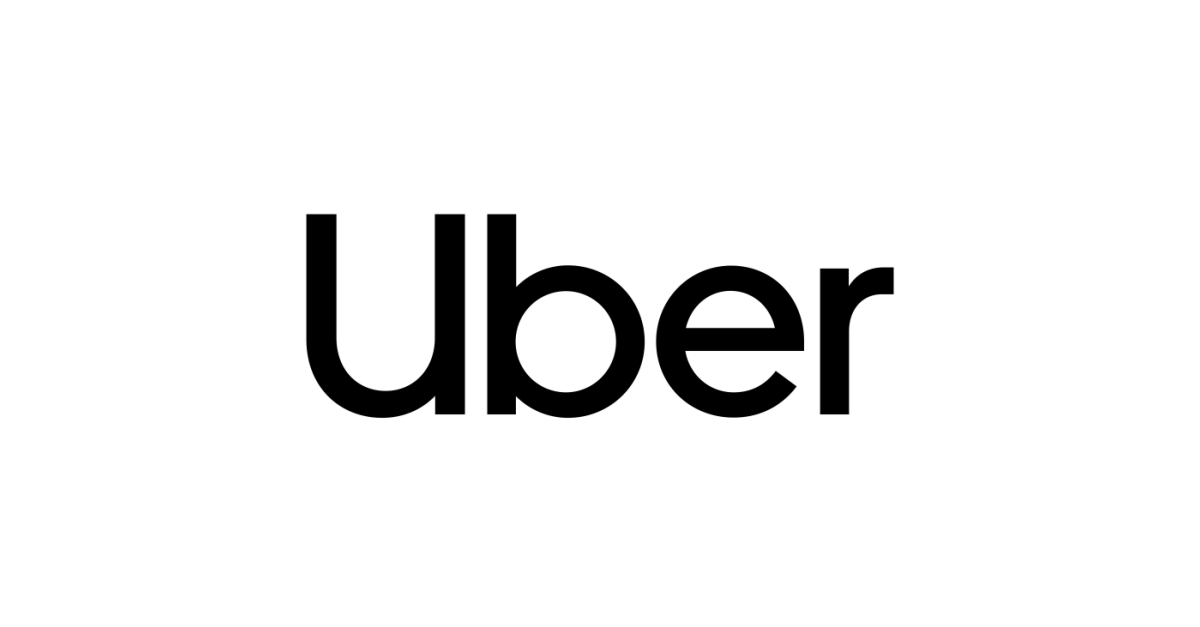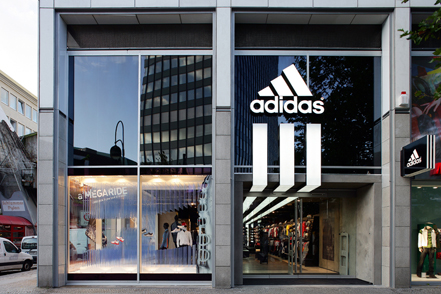Introduction
The Business model of Uber involves its business plan, revenue model, its competitors, SWOT Analysis and many more. It offers a nonstop 24/7 on-demand taxi-hailing service that is easily accessible via smartphones.

Uber is an on-demand cab aggregator that operates on a smartphone application and lets you book a cab to get from point A to point B, pre-calculating the fare, estimating the time of arrival, and offering an option to split the cost with co-riders, all with a few taps on the app. With its innovative business model and user-friendly app, it’s no surprise that the company has experienced tremendous success over the years.
Business Plan
Uber brought the concept of the aggregator business model to the world. This is a unique business model that involves building partnerships and let the partners work under your brand rather than building and developing the offering on your own. It aggregates or collects cab drivers, who drive their own cabs but work under the Uber brand name.
Uber works on a two faceted operating model. One aspect focuses on getting as many cab partners on board to deliver a seamless experience to the end consumer, and other aspect focuses on marketing Uber as a great ride-hailing application to the customers, that can be used to book a cab with a few taps on the smartphone.
Revenue Model
Uber’s revenue model is a commission-based model where it charges a 20-25% fee (that differ for different geographies and class of vehicles) on all fares for the use of its brand and services by the driver. It’s operating and revenue model differs from usual ride-hailing companies substantially. Since it doesn’t employ the drivers, it doesn’t own the money generated through rides.
Uber brings in customers to the drivers, provides their customers with payment options (like credit cards, wallets, etc.), a good application with maps, directions, ETA; and charges 20-25% of the ride fees plus other fees (like safe ride fees, booking fees, etc.) for the same. Uber follows standardized prices per kilometer/mile for different classes of rides/offerings.
When there is a greater demand for cabs than can be served at the time, the fare increases based on a surge price calculation algorithm. Some drivers move to the surge zone to earn more money (which increases supply), while some passengers choose to wait (reduces demand). It allows Uber to manage the demand-supply mismatch better.
Uber has a vehicle leasing program in many target countries to help new drivers get on board faster. Drivers must pay an upfront security deposit for the vehicle, and payments are automatically deducted weekly from the driver’s earnings.
Competitors
Uber might have entered and ruled the industry in its time, but there are some companies trying to gain the ground to grab the much wanted share of the industry:
- Lyft
- Via
- Ola Cabs
- Didi
- Gojek
- Snapp
- Grab
- Bolt(Taxify)
- Cabify
- Local Taxi’s
- Public Transport
SWOT Analysis
Strengths
Convenience: Compared to traditional taxi services, the ride of Uber is economical and convenient to use. Customers won’t have to spend a lot of time on the street or road waiting for a taxi. The mobile-based application has made it easier for customers to share the ride.
Diversification: The most important element for the success of Uber is adaptability and innovation. It has allowed the platform to expand its business in various areas like Postmates, UberEats, Logistics with Uber Freight, and others. The growth of Uber in the ridesharing business hasn’t stopped the company from expanding its business into the other relevant delivery services areas like Uber Bikes, Uber Rent, and Uber Eats.
Dynamic Pricing Strategy: When it comes to setting the price of the ride, Uber uses various pricing models to set the final price. The fair of the ride increases when your location has got more demands concurrently at the time of your booking. However, the drivers of Uber are satisfied with the company’s pricing structure, and they earn more during the busy working hours and the Saturday night shift.
Ridesharing Platform: Uber has become the world’s largest ride-sharing platform recently, and it used to be the only platform in the past. Uber had approximately 5 million drivers, now reduced to 3.5 million, from 93 countries (900 cities) offering services to 103 million customers every month. Uber is a multinational brand and the company is operating its business in over 85 nations across the world.
Market Leader: The market share of Uber in the USA is approximately 68% (2021) in the ridesharing transportation industry, and the company completes roundabout 40 million trips every month. Uber’s top main competitor is Lyft and its market share is 10%.
Weaknesses
Brand Connection Strategy: Technology is rapidly changing the socio-cultural environment across the world. Uber should follow such a business model that is relevant to the new reality of this world. For instance, the company should follow the latest communication and branding strategies.
Continuous Losses: It’s no doubt the company has experienced great growth in terms of revenue in recent years, but the loss figure also comprises billions of dollars. The aggressive strategy of the company in terms of offering discounts to customers and bonuses to drives has resulted in the form of high losses and limited profitability.
Copycat Model: Lyft copied the business model of Uber, and Uber copied some features of Lyft. Ridesharing is such a business model that no company can protect its proprietary traits. In fact, many labor unions and government departments are forcing the company to change its model.
Relying on Drivers: Uber heavily relies on its drivers and the company doesn’t have any type of direct contact with them. There are many complaints from customers about the rude behavior of drivers, picking up customers in a drunk state of mind, and sexually harassing customers. For instance, one Indian driver raped a customer in 2015, and the company had to shut down its operations temporarily.
Poor Culture: Uber spends a lot of capital on the welfare of its employees like fuel responsibility, vehicle maintenance, and insurance, and it’s good from the employees’ perspective. From the business point of view, the drivers work on their own and it jeopardizes the company’s financial position.
Opportunities
Review & Rating System: There are various companies offering ridesharing services, and drivers feel no obligation to follow any type of rules. However, Uber has a very good rating and review system and evaluates the performance of drivers on the road. The company should develop such a rating system that would improve responsibility among drivers.
Diversifying Business: Uber offers various types of products and services to its customers, but there is still room for adding new types of services to its portfolio. The location feature of Uber is available to the public, and the company can benefit from it. However, the only way to earn more revenue is to offer more products and services and become visible to a wide range of customers.
Delivery System Boost: The delivery service market has increased a lot in recent years. For instance, Uber Eats offers a food delivery service and it has got great growth potential.
Autonomous Driverless Technology: Driverless vehicles technology has got an excellent potential for growth. It also poses a great challenge for the company to become fully driverless. However, the driverless vehicles of Uber on the road would offer the customers a sophisticated experience, increasing the company’s profitability, and making transport safer than ever.
Performance: The performance and popularity of the ordinary taxi cab business are decreasing. It presents a great opportunity for Uber to approach a wide range of target customer markets. The platform can improve its performance by focusing on responsibility and outcomes. When the brand tracks the performance of its drivers, then it can create a list of the most valuable drivers. It would allow the company to deal with the misconduct of drivers
Market Expansion: If Uber works with the government of the developing countries, then it can expand its market in developing economies. It would increase the ridesharing customer market share to a great extent. The growth in high-speed internet connections is also increasing the market of Uber.
Threats
Employee Retention: There are various other ride-sharing platforms offering similar types of offers and incentives to the drivers. It gives drivers an opportunity to move from one platform to another. According to an estimate, the satisfaction level of Uber’s drivers has been decreasing since 2019, and it has made it difficult for the platform to retain its employees.
Lawsuit & Regulations: Uber is a multination brand and operates its business in various countries across the world. The change in legislation and regulation in some countries doesn’t allow the company to run its business there. The platform has been difficulties in complying with the regulations of different countries.
High competition: Uber is facing fierce competition from the competitors like Lyft, DIDI, and OLA in the ridesharing industry. It’s making the company reduce its rates in the long term, and it means lower revenue and profitability. Nowadays, passengers have got a lot of options available to them, and they choose the cheapest ride available. Uber has to work hard to stay ahead of the competition and retain the attention of customers.
Lawsuits: Uber is facing various types of lawsuits in different categories considering employees as independent contractors and others. Approximately 300000 drivers filed a lawsuit against the company for minimum wage and the company settled the case before going to trial.
Limited Profit: The customer-focused strategy of Uber has made the company offer cheap rates, and it resulted in the form of a limited profit margin. The lower profitability means that the company is offering a lower margin to its drivers and riders.
Conclusion
Uber is a technological platform that has revolutionized urban transportation — and has given taxi drivers and cab companies a lot of headaches.




